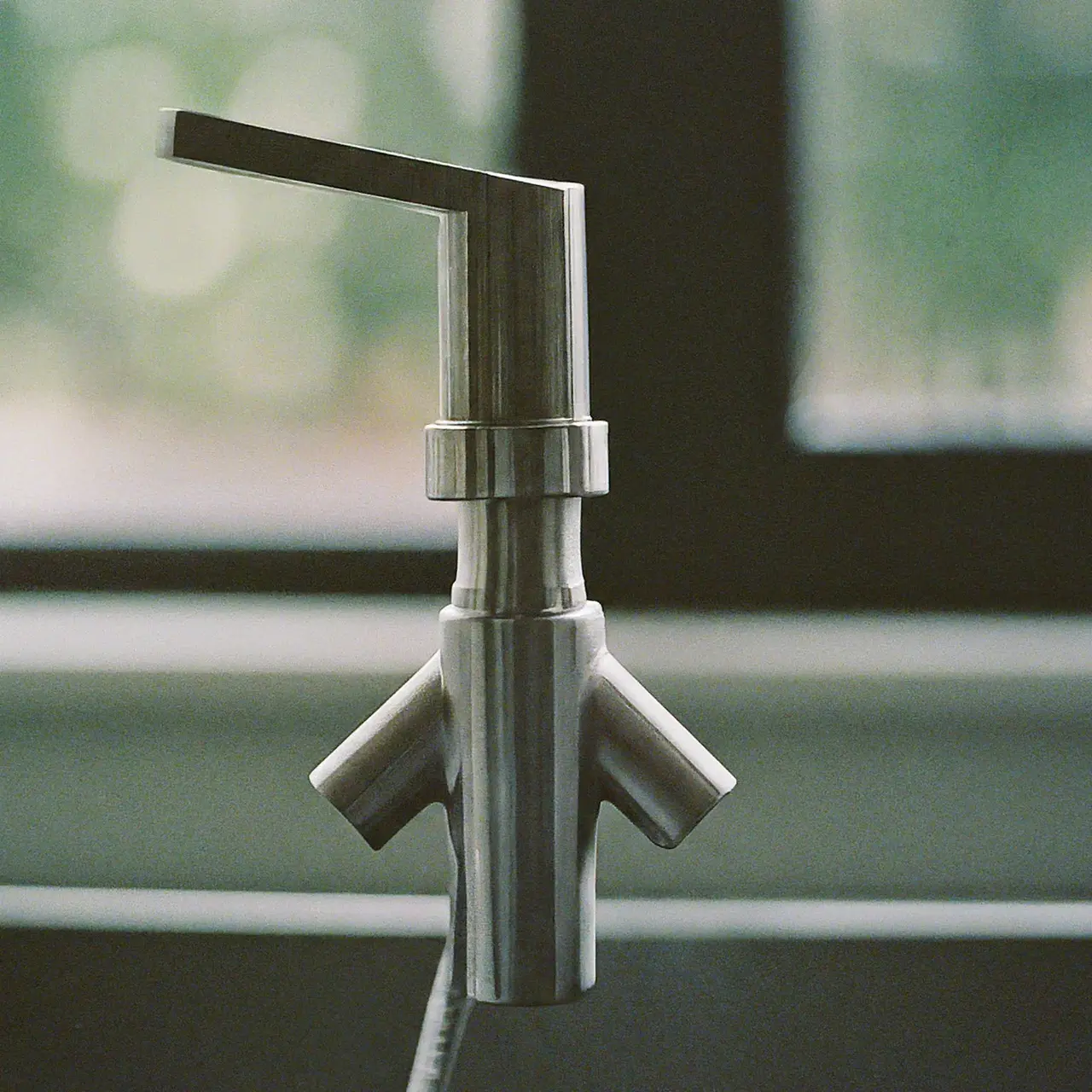In a world where water scarcity is becoming increasingly problematic, innovative solutions are not just welcome; they’re essential. The latest advancements in water saving valves are offering hope and efficiency for both the planet and our water bills.
1. Smart Flow Regulation Technology
Smart flow regulation technology represents a leap forward in managing how water flows in our homes and businesses. These intelligent systems can dynamically adjust water pressure and flow rate based on real-time usage data, ensuring that the amount of water used is optimized for both efficiency and conservation. For example, during peak usage times, the system can reduce flow slightly across a network to balance demand without impacting service quality.
Moreover, integrated sensors can detect leaks or anomalies in the system, immediately shutting off water to the affected area to prevent waste and damage. This responsive approach not only conserves water but can also save significant money in avoided water loss and property damage.
2. Self-Adjusting Pressure Valves
Self-adjusting pressure valves are designed to automatically modulate water pressure based on immediate needs, which can dramatically reduce water consumption. By ensuring that water is delivered at the optimal pressure for each specific usage—neither too high (which can lead to wastage and spillage) nor too low (which can affect performance)—these systems make efficient use of water in a variety of settings.
3. Drought-Resistant Drip Irrigation Systems
Drought-resistant drip irrigation systems are transforming agricultural water use by delivering water directly to the roots of plants, where it’s needed most. This targeted application minimizes evaporation and runoff, making it one of the most efficient methods of irrigation. Remarkably, these systems can be adjusted to the specific water requirements of different crops, ensuring that each plant gets precisely the right amount of water to thrive without excess.
The integration of smart technology further enhances the efficiency of these systems. By monitoring soil moisture levels in real-time, farmers can programmatically control irrigation to meet the exact needs of the crop at any moment, further reducing water use while optimizing plant health and yield.
4. Touchless Faucet Adapters with AI Optimization
In the realm of personal water use, touchless faucet adapters with AI optimization represent a significant innovation. These devices use infrared sensors to turn water on and off automatically, which eliminates unnecessary water flow when the user is not actively using the faucet. This can lead to substantial water savings, especially in high-usage areas such as bathrooms and kitchens.
What sets these adapters apart is the incorporation of artificial intelligence, which learns the usage patterns and habits of its users. Over time, the system can predict when water is likely to be needed and adjust flow accordingly, further enhancing water conservation efforts. These smart devices not only save water but also offer a convenient, hygienic way to use faucets, reducing the spread of germs.


